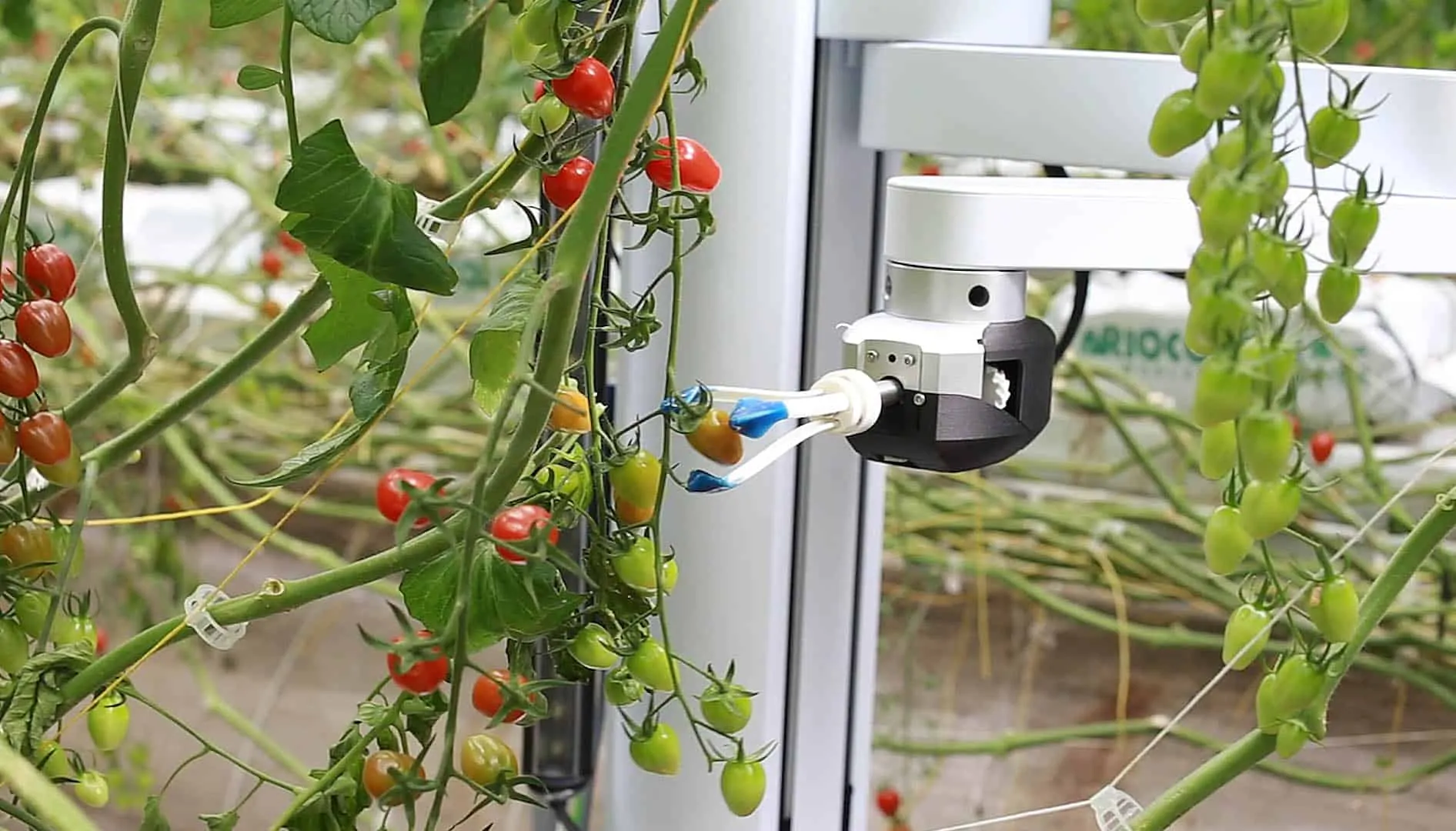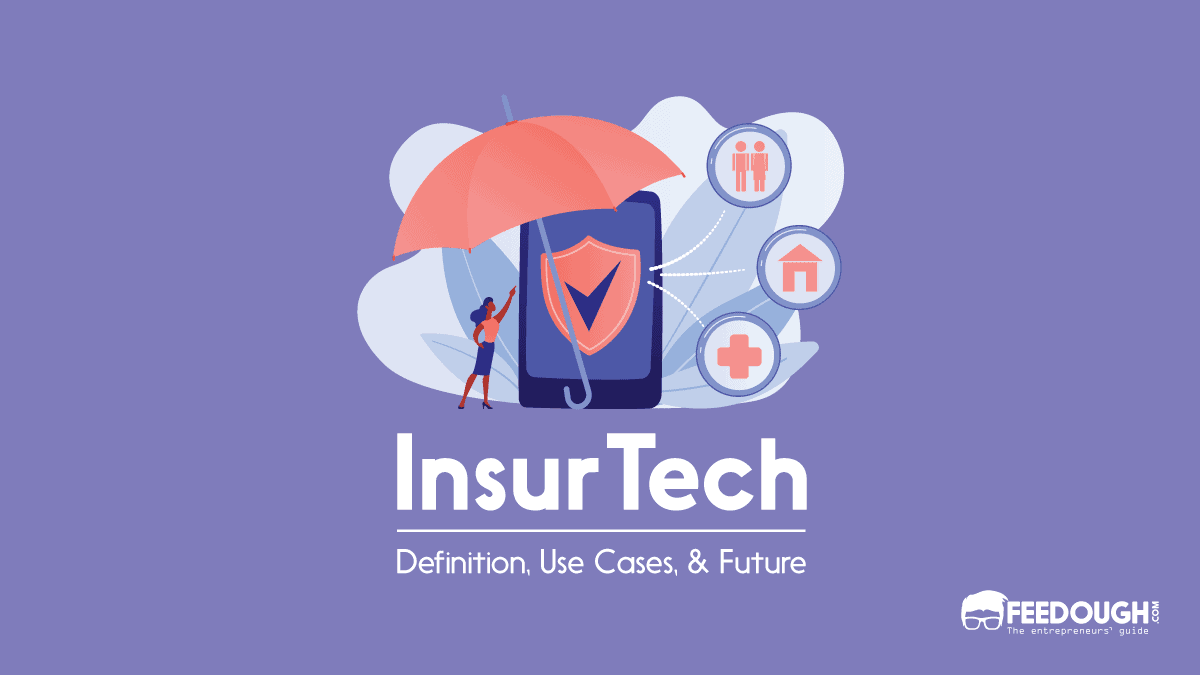When we hear technology, we think of robots, artificial intelligence and also the future problems related to them (war, maybe?). But little do we consider that the future problems will be far more basic than this. It’ll revolve around scarcity, resource allocation, and population explosion.
With the global population expected to reach 9.7 billion by 2050, a new branch of technology has developed to innovate to feed the growing population.
Hello, agritech.
What is Agritech?
Agritech or agriculture technology is the term referring to the use of technological innovations in agriculture to increase its yield, efficiency, and profitability.
This includes using technology to achieve faster planting, modified crops that grow well in different environments, and harvesting. It can also be the use of robots, big data, AI or any methods necessary in order to solve the challenges that the agricultural industry faces.
Which brings us to –
The challenges that currently plague the agricultural industry.
Agricultural Challenges
The agriculture industry faces a lot of challenges – most of which are quite significant in terms of the impact on the future of the planet. These include –
Land Management
The usage of synthetic fertilizer, pesticides, and insecticides for agriculture drastically reduces the fertility of the soil. This makes the soil degrade in quality, reducing the growth rate which in turn has to be fixed by using more fertilizer, pesticides and insecticides. The usage of synthetics also seeps into and pollutes the water sources nearby.
Climate Change
Intensive agriculture calls for aggressive reclamation of land from forests and this not only reduces forest cover but increases the production of greenhouse gases causing climate changes and a rise in temperature. While the change in temperature and climate affects us, it also affects the growth and harvesting of plants and crops worldwide.
Resource Depletion
Agriculture involves a lot of machinery that requires other resources in order to be built and run – for example, metal for the parts and petroleum for the fuel. This just adds up as a bigger cause for environmental harm in the end rather than helping reduce it.
Increasing Carbon Footprint
Farming produces a lot of waste and by-products. Take the case of organic farming which is thought to have a positive impact on the ecosystem and healthier plants – it adds to the increasing temperature and climate change phenomenon since it takes up a lot of land compared to traditional farming methods. So, farms all over the world are forced to either be more optimized or follow traditional methods of farming which also are harmful to the ecology in the long run.
Bio-Diversity
The increase in population leads to the ramping up of agricultural production in order to feed the growing numbers. This, in turn, leads to the conversion of non-agricultural lands such as forests, into agricultural land. The reclamation of forest land leads to the reduction of the biodiversity of that particular area which has effects on the flora and fauna.
This raises the questions –
How can agritech be used to solve these challenges? What exactly are the use cases of agritech?
Agritech Use Cases
The use cases for agritech are many and it involves the use of technologies and applications in order to solve the challenges faced in agriculture. A few important agritech use cases include –
Smart Farming
Smart farming is the method of farming based on previous inspection and research in order to make farms and fields more efficient and optimized. Here are some of the methods to achieve a smart farm ecosystem –
- Automated irrigation – An automated and adaptive irrigation service delivers crop yield increase, and water and energy cost-saving services all while conserving the environment.
- Usage of weather forecasts to optimize the planting and harvesting of crops – Seeding the fields at the optimum time of the year helps achieve higher yields due to nature having a highly sustainable environment for the growth of the crops.
- Precision Farming – This is achieved by the usage of sensors, satellites, drones and its data to make precise judgments for different types of crops and different tracts of land.
- Vertical farming – It is the practice of growing crops in vertical layers – by using appropriate water irrigation systems, lighting supplements, oxygen and other gases that are needed. Urban spaces are quite dense and vertical farming is an easy and efficient method that can be implemented in order to produce food in small spaces. Take the example of being able to grow your own crops right in the middle of the city, by having a vertical farm on your roof-top or the balcony.
- Hydroponics – Hydroponics is the method of grow crops without soil by providing the exact mineral nutrients required via water in precise amounts. Since hydroponics doesn’t involve soil, it can be easily implemented as a vertical farm and guarantees an all-year-round production while insulating the crops from the effects of climate change.
Drones & Satellite – Scanning & Surveillance
Drones and satellites help scan the crops and fields in order to measure, monitor, and create terrain maps. Besides, drones also serve a lot of other purposes such as –

The usages of drones and satellites allow farmers to cover large tracts of land quite easily and quickly.
IoT-based Sensors
Agritech is used to develop innovative Internet of things-based software that can track and provide accurate information about the weather, quality and current condition of the soil.
IoT solutions are used in the agricultural industry to enable the optimization of farming without using much of farmers’ resources and time – providing them with instant statistics on their crops and fields.

Not only can the data be used to optimize farming, but it also helps influence further decision making such as storage and delivery of the farmed goods.
Big-data & Blockchain in Agricultural Logistics
Logistics in agriculture is a bit hit-or-miss. Most of the time consumers are stuck without being able to know the origin of the vegetables and fruits they buy.
To solve this, Agritech companies and entrepreneurs help in developing the use of blockchain and big-data in the agricultural sector.
Blockchain is revolutionizing this sector by helping farmers connect with end-users directly. With the use of blockchain –
- Consumers can easily track where, when and how the produce originated.
- It also helps in reducing the dependence on fiat currency, helping break down borders and allows the removal of the middlemen.
- The reduction of steps needed to reach the consumers also leads to the reduction of prices of the goods.
On the other hand, big data helps in –
- Strategizing and managing food supply at national and regional levels
- Provides farmers with metrics – weather conditions, changes in soil structure, and crop efficiency – which can be used to further optimize and even make future decisions with remarkable accuracy.
Biotech
Biotech is the main focus of agritech worldwide. The main goal is to focus on improving the root of farming: crops.
Agritech can be used to help in –
- Creating advanced crops that can adapt to the current environment better than ordinary ones
- Plant growth promotion
- Soil remediation
- Improving soil fertility
- Increasing the agricultural yield
Agritech not only helps in the development of crops but also helps in the development of synthetic fertilizers, pesticides and other things related to farms.
Farm Maintenance Technology
Agritech helps bring in advancements and innovations to the robotics and automated machinery field which helps in increasing the efficiency of agricultural production. This is because automated machinery can help in –
- Locating and identifying the produce precisely
- Correctly selecting the ripe one and harvesting them.
- Optimizing water usage for proper crop growth.
These processes when done manually can take a lot of time and resources while automating them can help in speeding up the processes on the farm.
Production & Transportation Innovation
- Reduction in food miles – With agritech helping evolve technologies like vertical farming and hydroponics, it allows for the growing of food closer to urban areas. This significantly reduces the time and cost it takes to transport the produce from the farms to the consumers. It also helps provide fresher, tastier and healthier food.
- Trading Market Places – Instead of the farmers and the suppliers relying on middlemen or meeting face to face or over the phone, agritech companies also help create apps and websites optimized for the agricultural sector. This promotes easier interaction and communication between farmers & consumers.
These are a few important uses cases where agritech is being used to make a difference. Let’s move onto the companies and startups that are working to bring about a change in the agritech field.
Agritech Startups & Companies
Agritech startups are changing and improving the farming sector around the world. Here are some of rising names in the global agritech industry:
LettUs Grow
Produces hardware and software for aeroponic indoor farms – similar to hydroponic indoor farms, but instead of growing with water solvents, the minerals are dissolved into the mist that is sprayed onto the plants.

It helps utilize 95% less water than conventional farming methods and produces healthier and more delicious plants.
Phytech

Provides a real-time stream of data and analysis to monitor and provide actionable insights on the crops using plant-based sensors.
Impossible Foods
Plant-based meat burgers made from heme, a natural molecule that’s said to give meat products their distinct taste.

Root AI
Develops AI and robotics to support the indoor farming sector –harvesting robots to be used in greenhouse and glasshouse farm operations.

NinjaCart
Connects farmers with consumers and retail shops directly enabling faster and fresher produce to be available for the public.

Future of Agritech
Agritech is a fast-growing industry that shows no signs of slowing down any time soon – the production of food will always be a constant source of concern due to the expanding population.
The rate of Agritech startups is only expected to increase, while the established players focus on improving the existing methods and technologies. Investments in agritech grew more than 40 percent, to $17 billion, in 2018 alone – nearly half of the fundraising took place in the US, followed by China and India respectively. There is a lot of potential for the future of agriculture and agritech in the years to come.
Go On, Tell Us What You Think!
Did we miss something? Come on! Tell us what you think about our article on Agriculture Technology in the comments section.

Started out to become a developer but felt at home in the home of startups. The journey started from a single novel. Been an entrepreneur since schooling days. Interested in coding, reading and movies.








